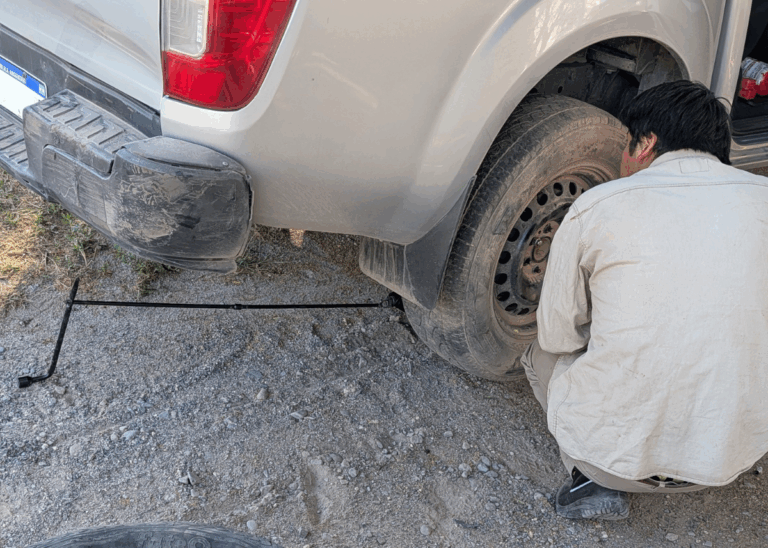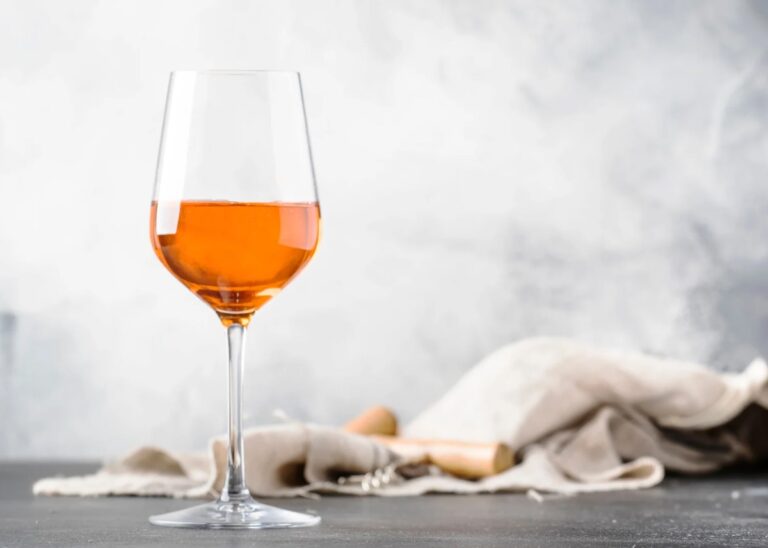[et_pb_section fb_built=”1″ _builder_version=”4.16″ _module_preset=”default” global_colors_info=”{}”][et_pb_row _builder_version=”4.16″ _module_preset=”default” global_colors_info=”{}”][et_pb_column type=”4_4″ _builder_version=”4.16″ _module_preset=”default” global_colors_info=”{}”][et_pb_video src=”https://youtu.be/fXdQRwmD7Ls” _builder_version=”4.23.1″ _module_preset=”default” width=”75%” width_tablet=”85%” width_phone=”100%” width_last_edited=”on|phone” module_alignment=”center” global_colors_info=”{}”][/et_pb_video][et_pb_text _builder_version=”4.23.1″ _module_preset=”default” hover_enabled=”0″ global_colors_info=”{}” sticky_enabled=”0″]
Transcript:
00:00:00:00 – 00:00:33:22
Hello, bonjour, and welcome to your new Bonner Private Wines video, where we learn together everything that you need to know about wine, weekly. Feel free to subscribe if you want to continue learning more and more together. Today I want to get back to the basics. How to taste wine like a pro. We’ve gone really deep on the channel into many, many subjects and topics, but I want to get back to the real basics and show you how us wine professionals taste wine.
00:00:33:24 – 00:01:09:07
We have a very special technique and you need to know about it. So let’s go through. I’m more of a wine maker, more on the technical winemaking side of the wine industry, but the sommeliers in restaurants use the exact same basis on how to appreciate the wine better. There are three simple phases that we all use and you need to follow them quite strictly because it helps a lot and we’ll talk about it.
00:01:09:09 – 00:01:34:15
First of all, you want to look at the appearance, the aspect of the wine. So take a little minute, 30 seconds to a minute, to look at the color of your wine. You want to focus on what we call the core of the wine. Is it really dark in the center when you look at your wine, or is it really thin and quite light in color?
00:01:34:15 – 00:01:57:02
This will give you an indication of how tannic and powerful your wine is going to be. This is obviously more for red wines. White wines you can also look at the core and focus at what we call the rim, which is the thinner part of your wine around your glass, which is going to give you a different color. On a red wine
00:01:57:02 – 00:02:20:18
you’re going to be able to see if it’s a little bit orange on the rim on the sides, which indicates that it’s a bit more matured, or is it a little bit more purple, which indicates that it’s a little bit younger. The aspect of the wine, it may seem not that important, but it gives you an indication of the general overall side of style of wine that you’re going to be tasting.
00:02:20:18 – 00:02:45:02
Is it going to be a really big, powerful red wine? Is it going to be aged? Is it going to be young? So if it’s young it’s going to be more fruity. If it’s it’s going to be thin in your mouth. So it prepares you mentally to the general style of wine that you’re going to taste. Second important phase is what we call the nose, which is smelling the wine, the aromas.
00:02:45:08 – 00:03:11:06
You can smell it first without swirling the glass, agitating it, just this way. And that gives you a broad indication. Focus on whether it’s really fruity or does it feel a little more spicy? Does it smell like earth, for example? So I suggest you take a bit of time to really take a deep sniff into the glass. Close your eyes.
00:03:11:06 – 00:03:23:02
It helps so you really can focus on just the smell. Nothing else, nothing visual, just your sense of smell.
00:03:23:04 – 00:03:46:00
Unknown
Take a deep, deep sniff. And what does that remind you of? Is it more fruity? Is it more spicy? Is it more earthy? Is it more oaky? Perhaps. Just think of what it reminds you of. And that’s all you need to do at this point. You can also, if it reminds you of fruit, does it smell more like a banana?
00:03:46:02 – 00:04:15:13
Like a mango? Like a peach or like a strawberry? Just general aromas of fruits. Well, this is more like a strawberry, for example. So you’re on a red fruit. So the berries. Now you can go a little bit deeper. Is it more a strawberry or is it more like a raspberry or blackberry, for example, if you want to go a little bit deeper but stay broad and general. Step number three is the tasting.
00:04:15:15 – 00:04:24:19
So you put the wine in your mouth.
00:04:24:20 – 00:04:49:20
You can aerate the wine a little bit in your mouth. This warms it up. It extracts all of the flavors and all of the aromas and pushes them up into your nose so you can smell the aromas and identify the flavors a little bit better on the palate. Again, initially, if you’re a beginner, focus on is the wine really acidic?
00:04:49:20 – 00:05:16:08
Is it a bit austere on the acidity? Is it sweet? Does it have a lot of tannins that are really grippy on the palate, or is it rather soft and smooth and elegant. Focus, once you’ve identified whether it’s sweet or acidic or tannic, focus on the overall balance. Is it really mellow? Really soft? And then you can focus on more of the flavors that you have.
00:05:16:10 – 00:05:35:24
The expression might be a bit different than what you got on the nose. You might find that the earthy or the spices come through a lot more on the palate, because the wine gets warmer in your mouth than it was in your glass. But the same approach: identify the flavors, the aromas, the big general families of flavors and aromas.
00:05:35:24 – 00:06:05:10
Those are the three simple steps to tasting. Apply this method each and every time you taste a new bottle of wine, and you will see that over time you will identify better whether it’s red fruit or white fruit or spices or oaky. And every time you identify a little bit better, more and more aromas and eventually you become a real wine pro, a real wine connoisseur.
00:06:05:12 – 00:06:32:16
If you want to get deeper into understanding more of the wines, here are two videos that I absolutely recommend. This one is going to give you the five components that make a wine: the acidity, the alcohol, the tannins, etc. and if you want to dig deeper into wine tasting, I made a longer video that goes into much more details, into each and every one of the three phases that we’ve talked about today.
00:06:32:18 – 00:06:33:17
See you soon.
[/et_pb_text][/et_pb_column][/et_pb_row][/et_pb_section]



